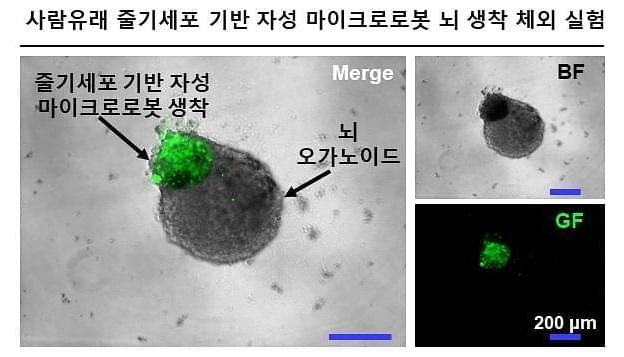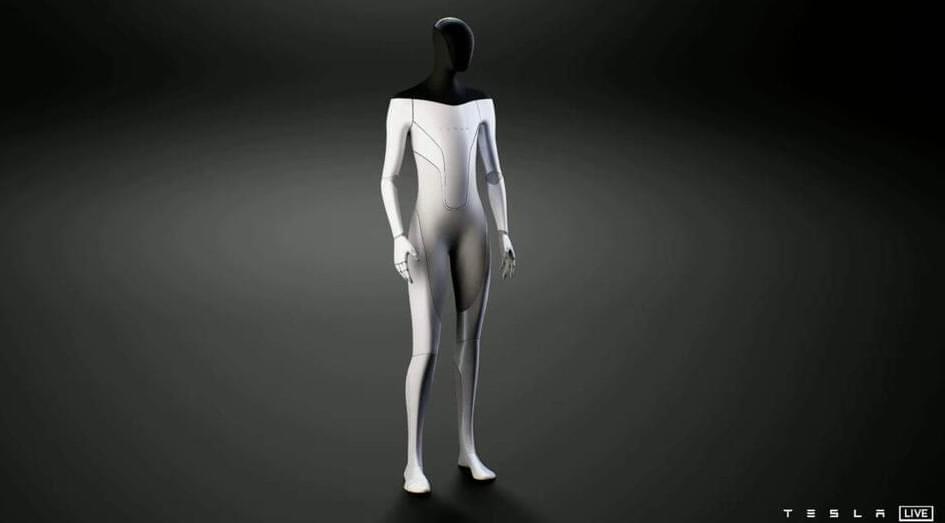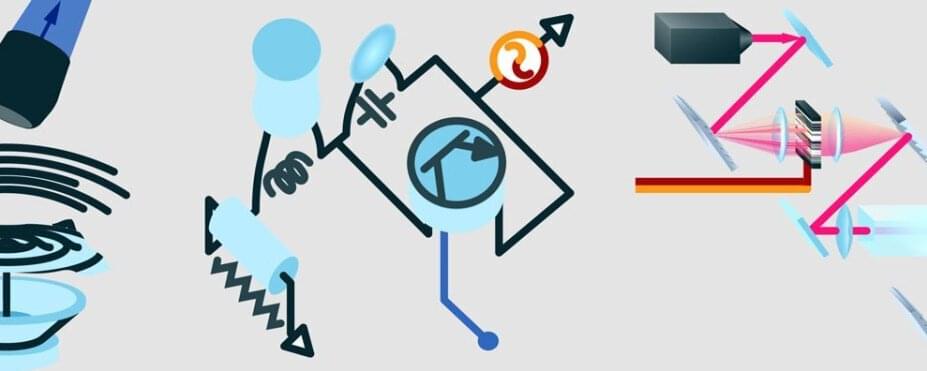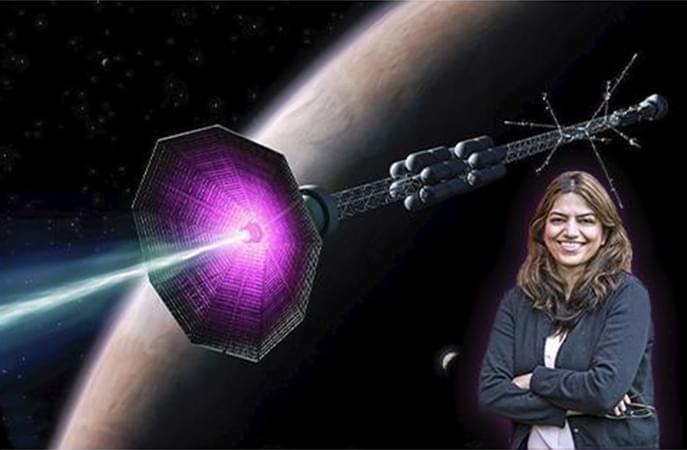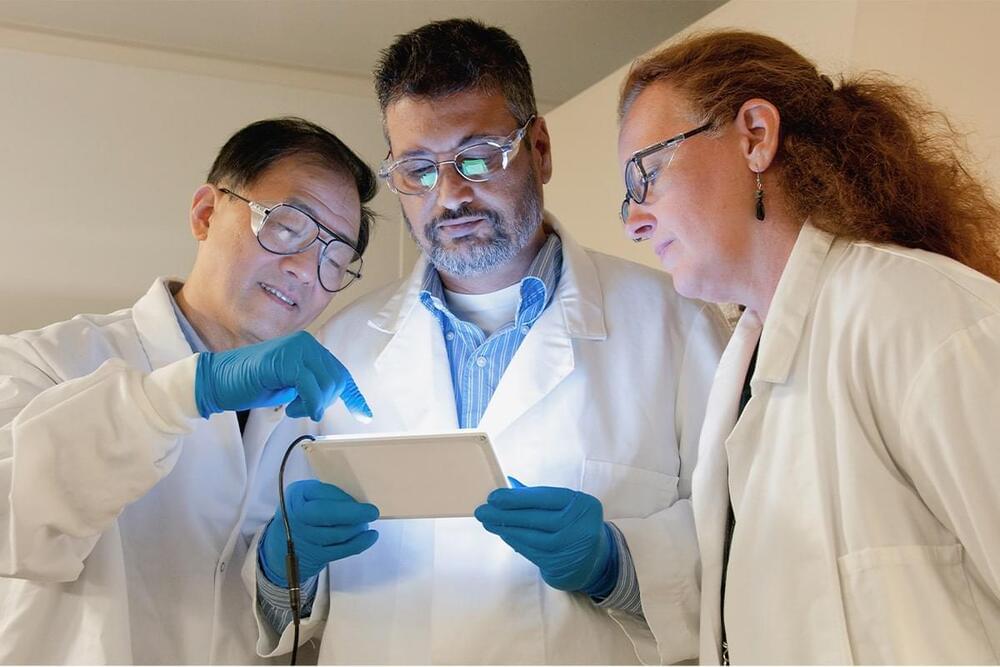Jan 26, 2022
Wild New Paper Suggests Earth’s Tectonic Activity Has an Unseen Source
Posted by Shubham Ghosh Roy in category: energy
Earth is far from a solid mass of rock. The outer layer of our planet – known as the lithosphere – is made up of more than 20 tectonic plates; as these gargantuan slates glide about the face of the planet, we get the movement of continents, and interaction at the boundaries, not least of which is the rise and fall of entire mountain ranges and oceanic trenches.
Yet there’s some debate over what causes these giant slabs of rock to move around in the first place.
Amongst the many hypotheses put forward over the centuries, convection currents generated by the planet’s hot core have been discussed as an explanation, but it’s doubtful whether this effect would produce enough energy.


